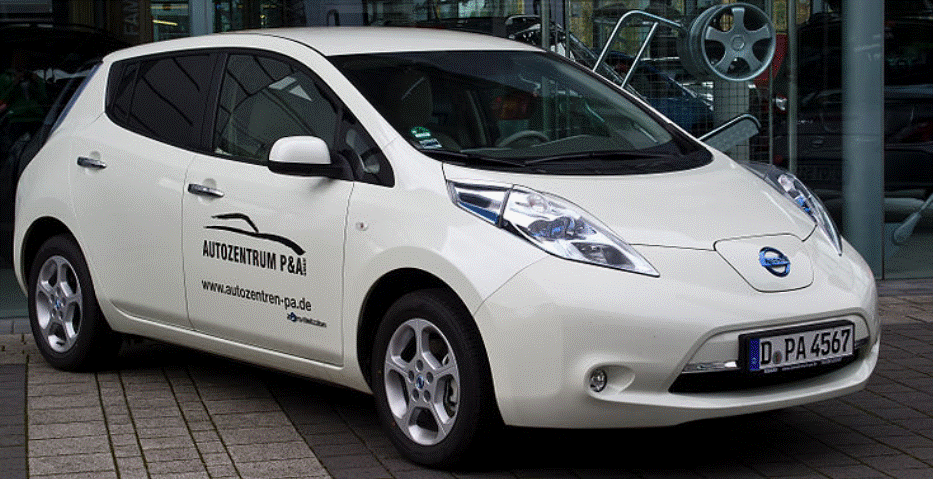Note to IPCC: Correlation Does Not Equal Causation and Causes Do Not Equal Effects
…Warmists blame global warming! Heidi Cullen blames ‘deep warm water’ for fueling typhoon Haiyan’s ‘intensity’ — But data refutes her claim
#
Climatologist Dr. Heidi Cullen appears to be the first global warming activist to promote a link between typhoon Haiyan and man-made global warming. See: Meteorologist Anthony Watts announces: ‘Dr. Heidi Cullen of Climate Central wins the “First Haiyan BS award” with this missive.
Weather Bell meteorologist Joe Bastardi also weighed in, excoriating Cullen “Are you for real?, Bastardi asked Cullen. “Of course water is warm, NO typhoons within 100 miles of this since 2008. No stirring of water,” he explained.
“Did you even bother to look at how infrequent typhoons have been where this is crossing, which means water is not cooled?’ Bastardi wrote.
This is not the first time Cullen has been at the center of a climate controversy. In 2007, she called for all meteorologists to conform to belief in man-made global warming claims. See: Flashback January 2007: Weather Channel’s Heidi Cullen Calls for Decertifying AMS Global Warming Skeptics
Related Links:
UK Paper Blames Typhoon Haiyan on Global Warming: ‘As climate change continues, we should expect more devastating storms’ — Meteorologist slams claim — UK Mirror: ‘Haiyan had already been recognized as the most intense tropical storm in this area since Super Typhoon Tip (1979).’ – ‘It has long been recognized that the increases seen in global average temperatures are likely to drive changes in the patterns and frequency of extreme weather events…As our planet home, and particularly its oceans, heats, simple physics tells us that the energy stored will likely lead to increases in the intensity and frequency of devastating storms like Haiyan.’
…Electric Car Is No. 1 Seller In Norway 2 Months In Row!! (Thanks To Subsidies Totaling Over $90,000 Per Car)
By P Gosselin on 7. November 2013
Germany’s online daily TAZ has an article on how an electric car has reached the No. 1 position when it comes to new car registrations in Norway. This will certainly cause tree-huggers globally to run out and praise the Scandinavian country as a model of green, responsible living and demand that the rest of the world adopt its way.
Nissan Leaf no. 1 seller in Norway. Photo source: M 93, licensed under the Creative Commons Attribution-Share Alike 3.0 Germany license.
The TAZ writes that the Nissan Leaf took the number one spot in new-car registration in the Nordic country in both September and in October, reaching a market share of 5.1% and 5.6% respectively. And because almost 100% of Norway’s electricity comes from hydro-electric power plants, transportation with an electric car is practically carbon-neutral (so long you do not look at the car’s manufacture).
Norway is the first country in the world to be able to boast having an electric car as the no.1 seller. The TAZ reports that the electric car market in Norway has doubled in one year alone and that 50,000 electric vehicles will be registered in the sparsely populated country by 2016. That would be about 2% of the country’s entire fleet.
Made attractive with $90,000 in subsidies
So why all the success in Norway? Has there been some kind of technological breakthrough that has made electric cars attractive to consumers? The answer is no.
All the good news ends as soon as you take a look at the price tag that’s been attached to entice consumers to buy the electric vehicles. It’s a whopper.
The TAZ writes that each vehicle gets subsidized to the tune of up to €70,000 per car (more than $90,000). So do not expect to see too many environmentalists running around preaching the virtues of the Norwegian electric car model. Very few countries, even among the rich ones, are able to afford that kind of money.
So what do all the subsidies include? First buyers are exempt from paying Norway’s notoriously formidable 25% value added tax on the purchase of the vehicle. Moreover they are also exempt from paying the registration fees, import duties (Norway doesn’t have a domestic auto manufacturer), and buyers are allowed to deduct more expenses with e-cars when filing their income taxes. Furthermore, electric vehicle owners are exempted

